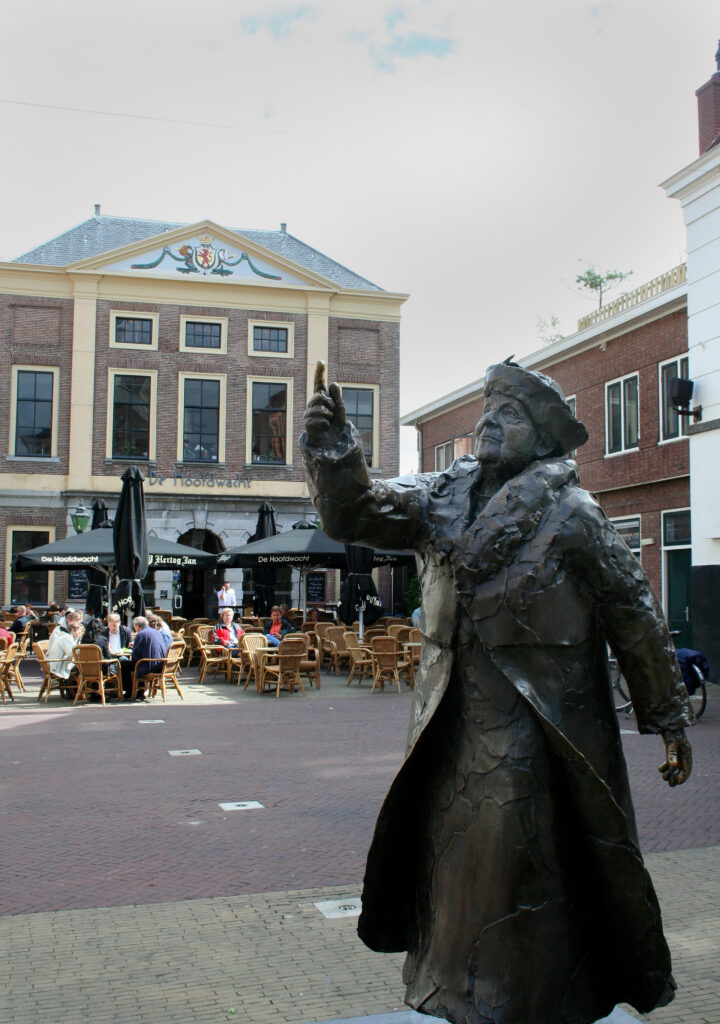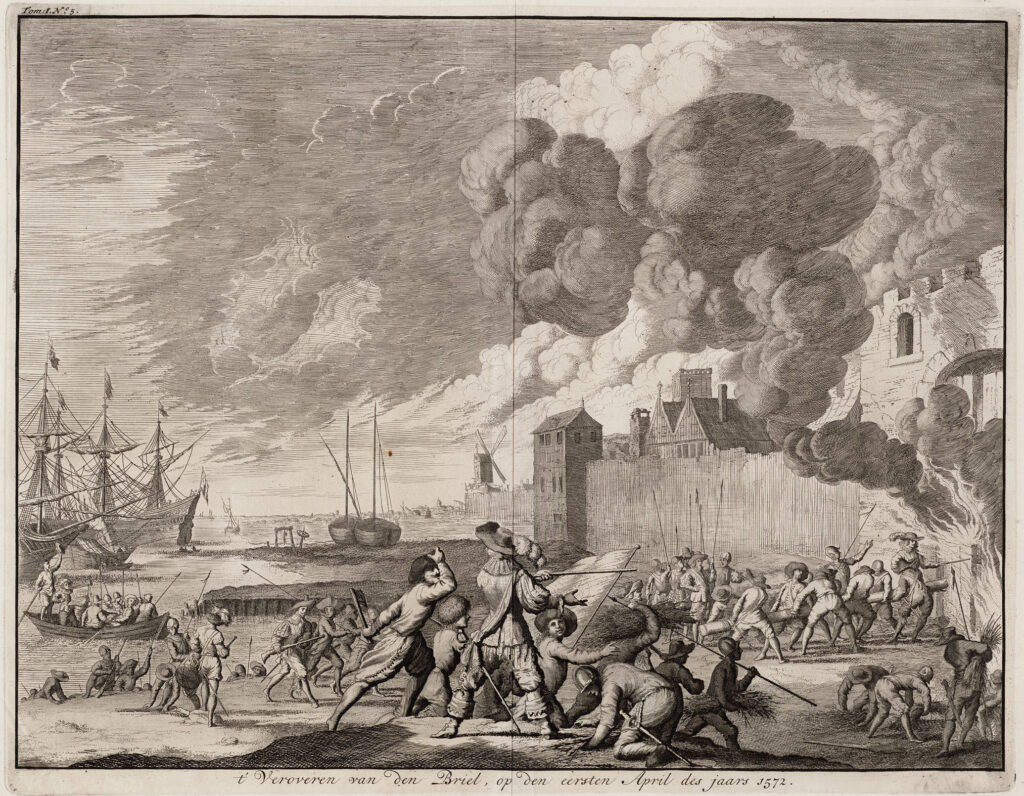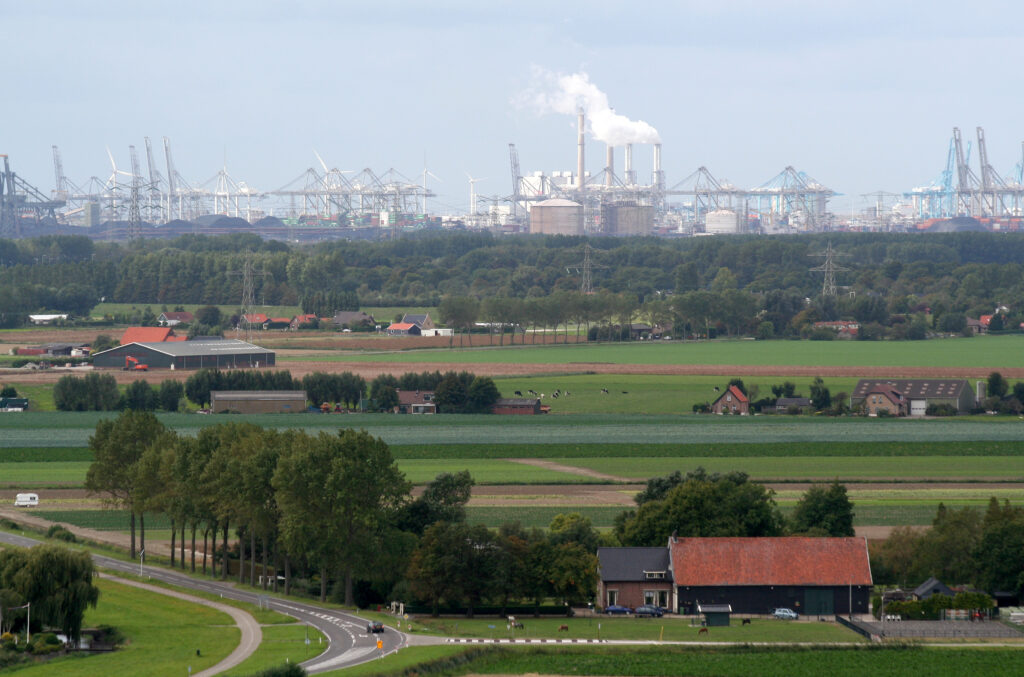BRIELLE
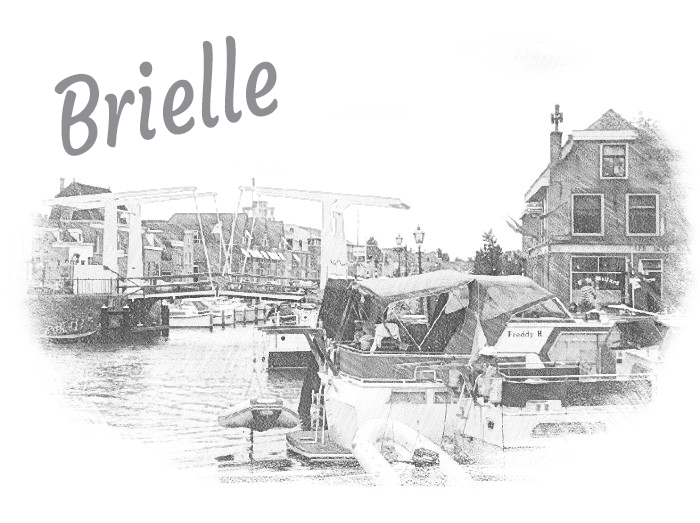
Exploring the Rich History
Nestled in the heart of South Holland, the quaint town of Brielle exudes historical charm and cultural significance. Stepping into Brielle is like taking a journey back in time, as it boasts a rich heritage that dates back centuries.
Known for its well-preserved medieval architecture, Brielle’s cobbled streets and picturesque canals enchant visitors. The iconic Sint-Catharijnekerk, a stunning Gothic church dating back to the 15th century, stands tall as a testament to the town’s religious past. A walk through the fortified city walls and gates reveals the remnants of its strategic role in Dutch history.
Every year, Brielle commemorates its liberation from Spanish rule on April 1st, 1572, known as “April Fool’s Day” or “Fool’s Day” in the Netherlands. The festivities include parades, reenactments, and a vibrant market, attracting tourists and locals alike.
Beyond its historical significance, Brielle offers a vibrant cultural scene with art galleries, museums, and charming cafes lining its streets. Visitors can explore the town’s maritime heritage at the Historisch Museum Den Briel or indulge in delicious Dutch treats at local bakeries.
Surrounded by lush landscapes and serene waterways, Brielle’s natural beauty complements its cultural allure. The nearby beaches and parks provide ample opportunities for leisure and outdoor activities.
For travelers seeking a unique destination that marries history, culture, and scenic landscapes, Brielle in Holland promises an unforgettable experience. It remains a treasure trove of stories and charm, inviting visitors to immerse themselves in the fascinating tapestry of Dutch history and heritage.
The Chief Guard
The Chief Guard was the headquarters of the garrison commander. Furthermore, the court-martial chamber, the officer’s guard and the soldiers’ guard were located here. The Main Guard was the building where the most important people of the city guard and the army lived. They had the responsibility to guard the keys to the city gates and other establishments. The city guard was sent from here to the city gates and it therefore has a central location in the city. There was also a military delegation present in the Main Guard, with ammunition and cannons, which had to ensure a quick response in the event of impending disaster. For the Main Guard, a daily watch was held by the city guard. Now it is a restaurant .
Queen Wilhelmina herself visited the city in 1922. With the placement of this monument, the municipality of Brielle also wanted to emphasize the special bond between the city and the House of Orange. Brielle was the first Dutch city to be liberated by the Beggars in 1572 and three years later William of Orange married Charlotte of Bourbon there.

Libertatis Primitiae: firstfruits of freedom
April 1, 1572, the Beggars take Den Briel. Prince William of Orange received the honor and recognition for it, but he had not lifted a finger at it.
Except that he had granted the Beggars a privateer’s letter to plunder on land and at sea. He hoped to collect revenues for his fight against the Spanish king Phlips ll. The army of the Beggars consisted of protestants who fled with a great ‘papenhaat’. Some of the beggars were of dubious quality and showed no scruples towards the (Catholic) opponent.
By chance they sailed past Den Briel, decided to attack, rammed their mast against the entrance gate, were the first to destroy the statues in the St Catharijnekerk and plundered the church treasures.
To their surprise, the city council greeted them with open arms. Brielle was the first city to turn against the Spanish ruler. Historically, 1 April 1572 is the date of birth of the Republic of the Seven United Netherlands. Den Briel thus heralded the end of the Eighty Years’ War.
magnificent view
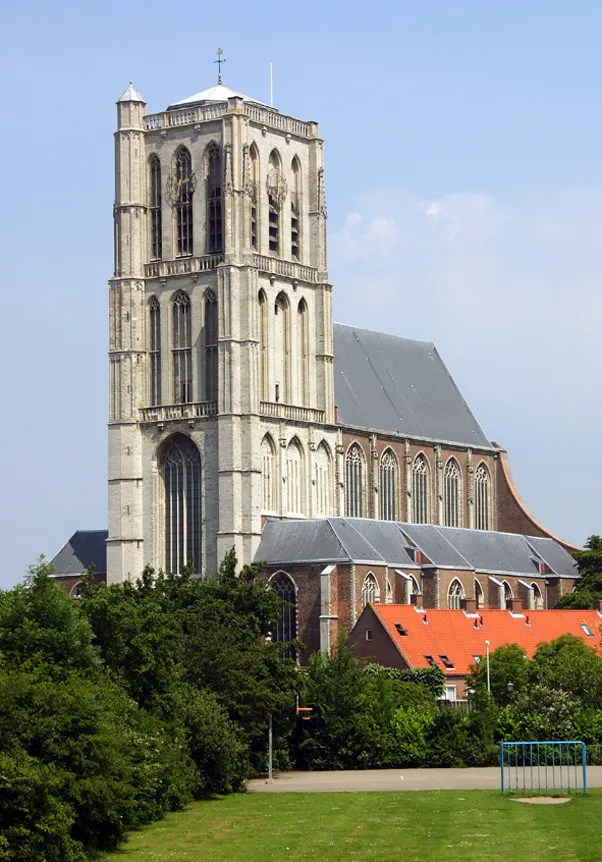 In this church William of Orange married Charlotte of Bourbon, the Lily of our royal house, on 12 June 1575.(church window)
In this church William of Orange married Charlotte of Bourbon, the Lily of our royal house, on 12 June 1575.(church window)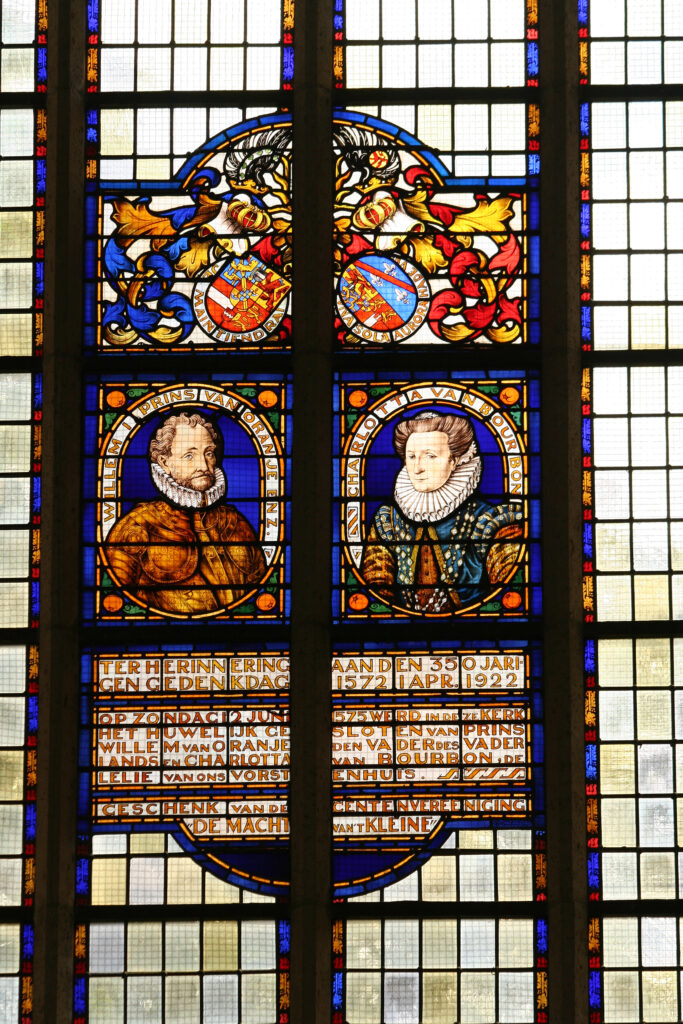
The martyrs were hanged in an old peat barn.
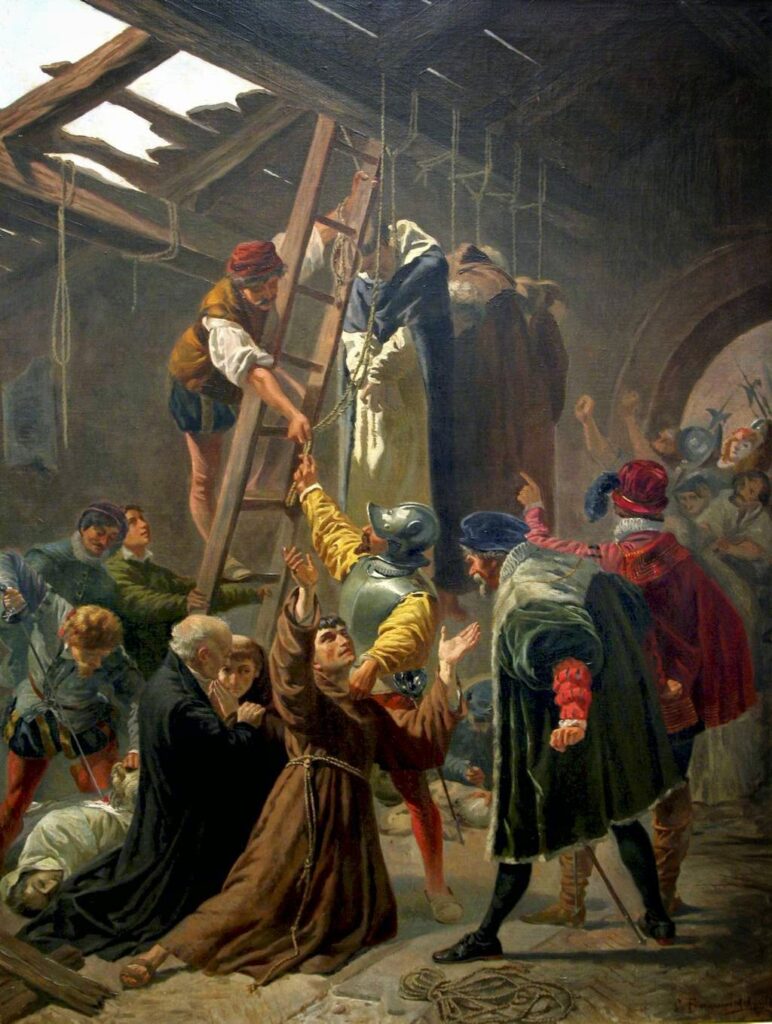
After the Capture of Den Briel on April 1, 1572, revolt arose within many cities and the beggars managed to make good use of this by getting these cities on their side.
In the morning of June 26, 1572, a group of beggars appeared with their ships in front of the Gorinchem city walls. The men on board were described as pirates, who in intimidating ways drank looted chalices to scare the clergy. The inhabitants of Gorinchem were shocked, confused and did nothing to stop these Beggars. Although it was promised that everyone was entitled to his or her own religious experience, the priests were treated very brutally. Between 26 June and 9 July, most were tortured, tortured or physically mutilated, after which 17 of them were taken by boat to Den Briel, where they were humiliated, tried and hanged.

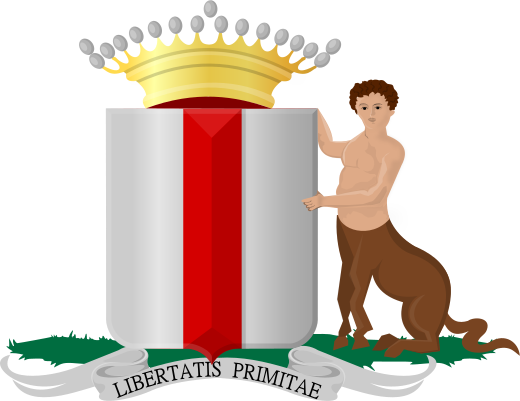
At the end of the 17th century, stamps came into use with the city coat of arms now in use. It is probably derived from the oldest known seal, namely a red pole. The oldest, well-known, image in color is located in the Sint-Catharijnekerk. It is a mural from the end of the 15th century. The oldest sources about Brielle’s coat of arms refer to a capirussa as a shield holder, which is a mythological creature from Indonesia with a human head, ears and tail of a dog and feet that look like horse hooves. Such a creature would once have been seen at Brielle in the Meuse.

The Historical Museum
The Historical Museum Den Briel is a historical museum in Brielle in the old town hall, the former city prison and the former weigh house.
The entrance to the Historical Museum is housed in the old town hall from 1790 on the Markt, built to a design by Johan van Westenhout. In the old city prison behind it, the story of the Capture of Den Briel and the Eighty Years’ War is told. In the former Waag, the story of the annual April 1 celebrations is explained. There is also a ‘Brielse zeeheldenzaal’ in the museum dedicated to the Brielse navigators Philips van Almonde, Witte de With and Maarten Harpertszoon Tromp.
Liberation Day,
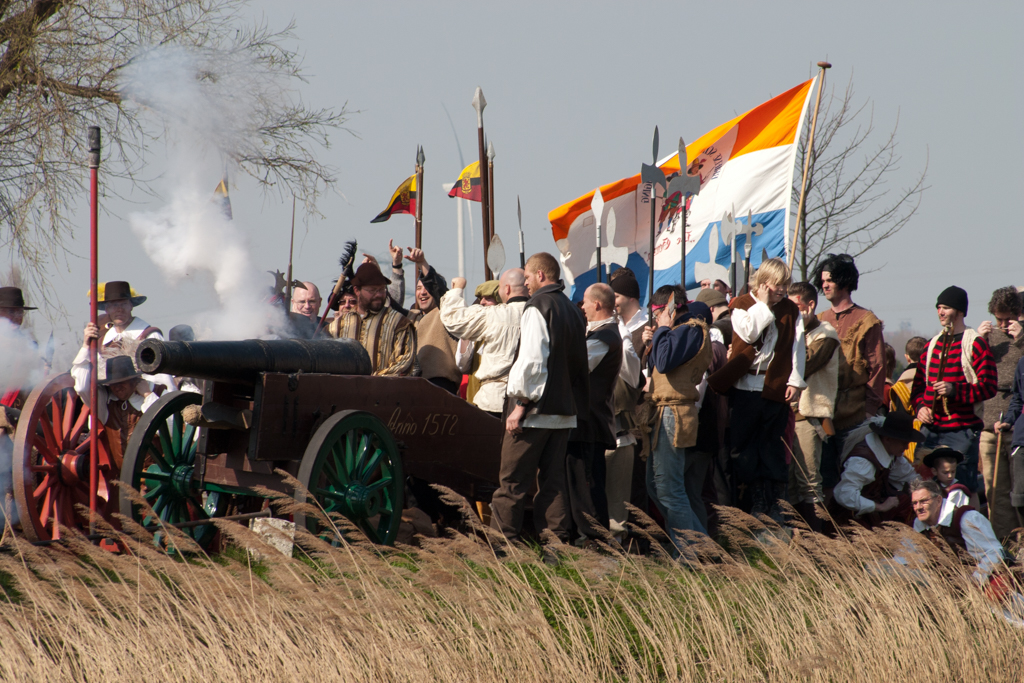
During this celebration, all the events of the liberation are re-enacted with the old-fashioned beggar boat, cannons and mock fights by costumed actors. These acting sessions are accompanied by a lot of noise: screams, weapons with loose flodders and cannon shots fill the ears every year. A true experience for every spectator!







